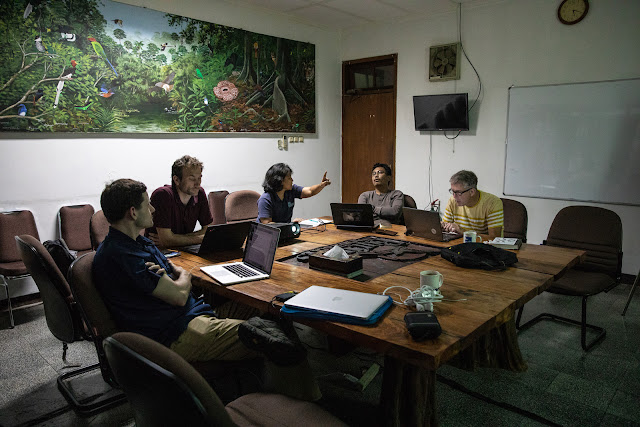In early August, our Newton Fund Researcher Links workshop on dry forests took place in Lima, Peru. There has been a whole series of calls for workshops recently, usually in support of project proposal planning for the Newton Fund applications and bringing together early career researchers with more experienced academics. The Newton Fund is a £735M funding scheme managed by the UK Department for Business, Energy and Industrial Strategy (BEIS). The Newton fund builds research and innovation partnerships with 17 active partner countries to support their economic development and social welfare. Some of this research is in the environmental field so these funds could go a long way to bridging knowledge gaps on ecological/conservation issues in biodiverse countries, perhaps. Countries covered by the Newton Fund are those who are potential recipients of Overseas Development Agency funding – generally the lower and middle income countries of the world. The workshop was organised by MMU and our partner university in Peru, Universidad Peruana Cayetano Heredia, through Armando Valdes.
 |
| Above - Toby Pennington on dry forests generally and DRYFLOR in particular; Below - Armando Valdes introducing the session on capacity building (Photos: Alex Lees) |
 |
| Nice mix of dry forest ecologists at different stages of their research careers from Argentina, Peru and UK (Photo: Alex Lees) |
 |
| Left - Gina Rodriguez presenting on challenges to dry forest conservation; Right - Kelvin Peh talking us through the TESSA toolkit for ecosystem service evaluation (Photos: Alex Lees) |
 |
| We rarely escaped the confines of the workshop hotel but did see this urban Osprey and a few other nice species on the Miraflores oceanfront (Photo: Alex Lees) |
 |
| Plenary speakers at the congress receiving Honorary Doctorates from UCP (Photo: Diego García Olaechea) |



















